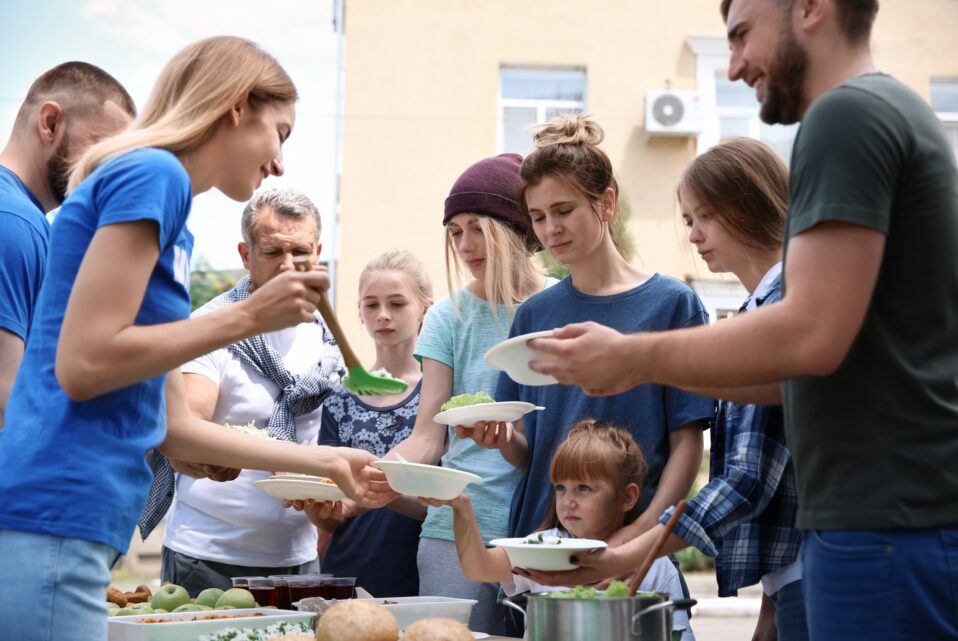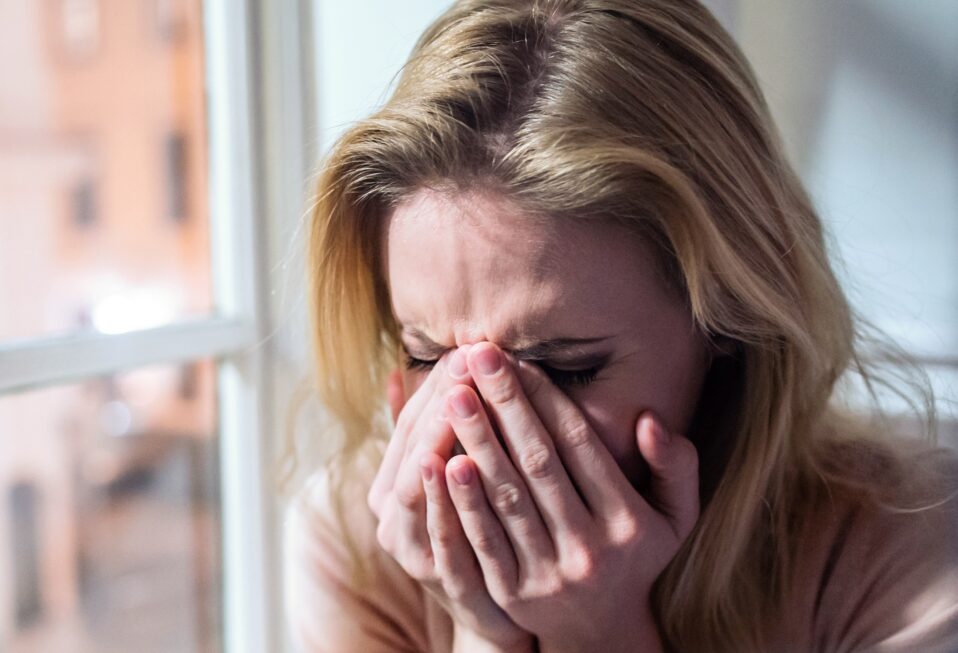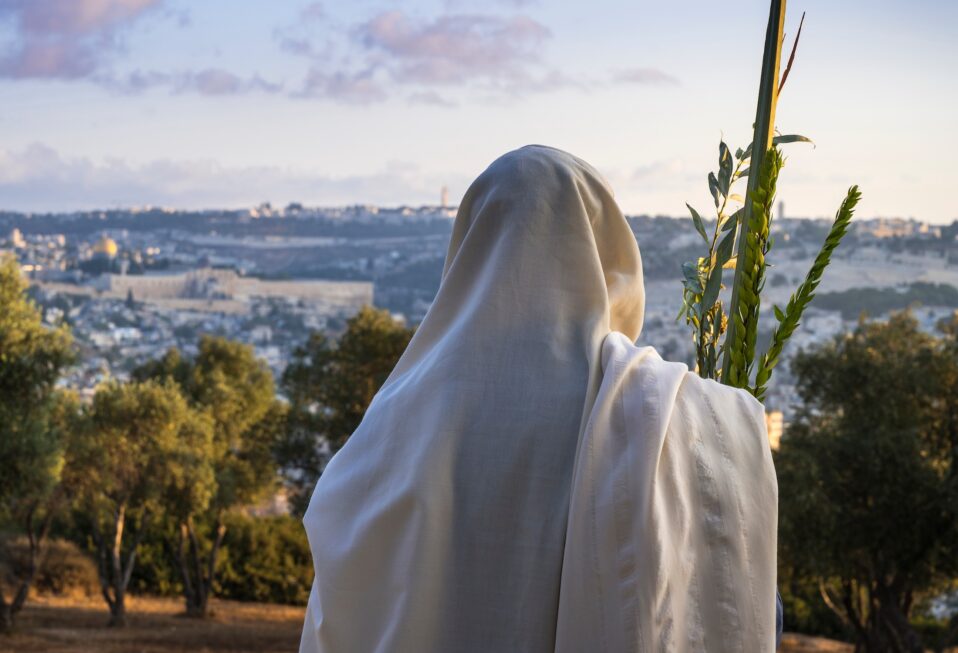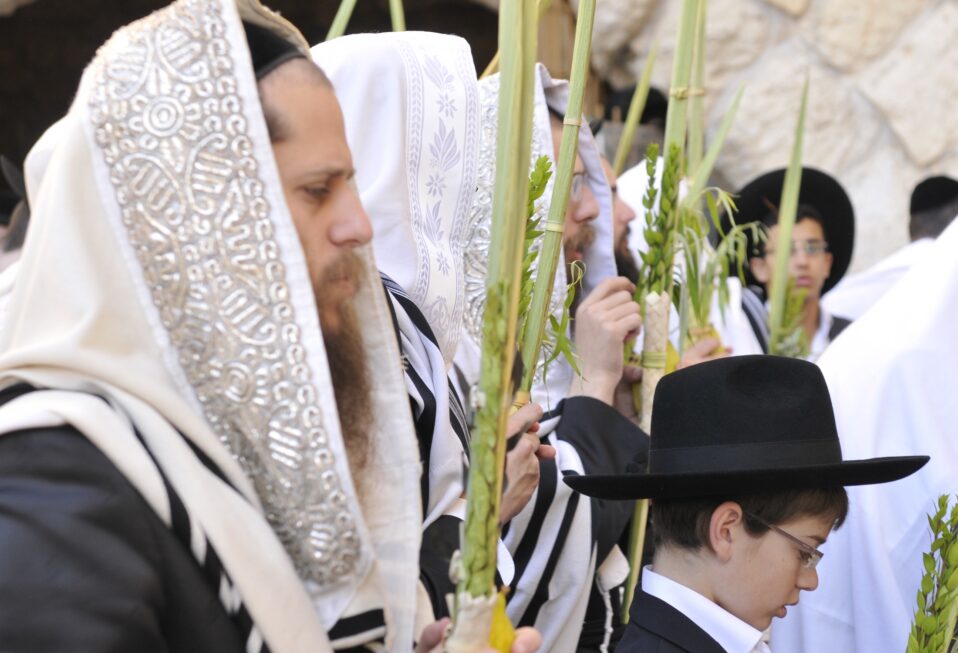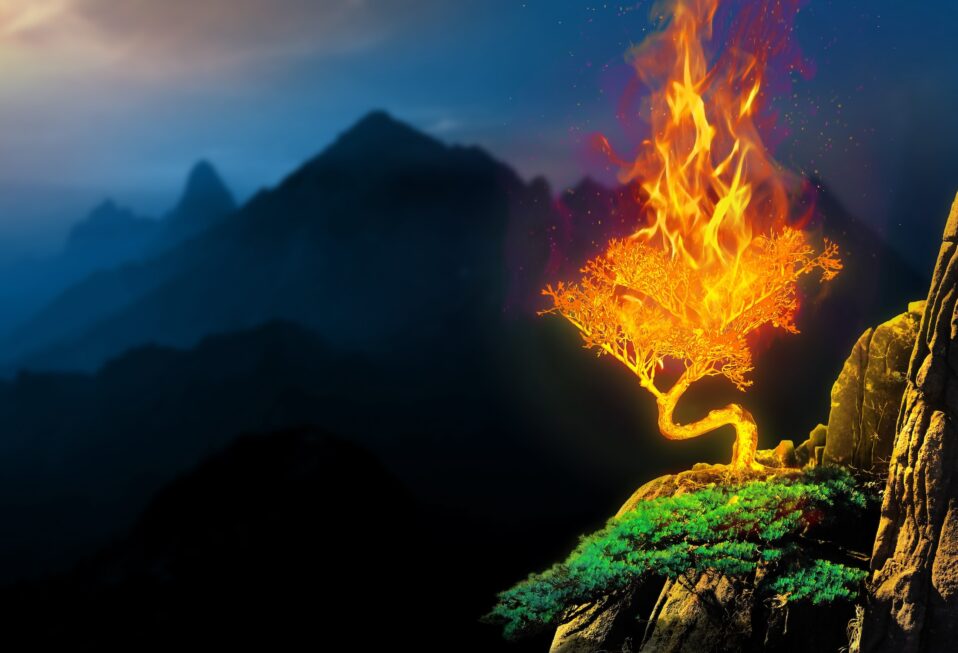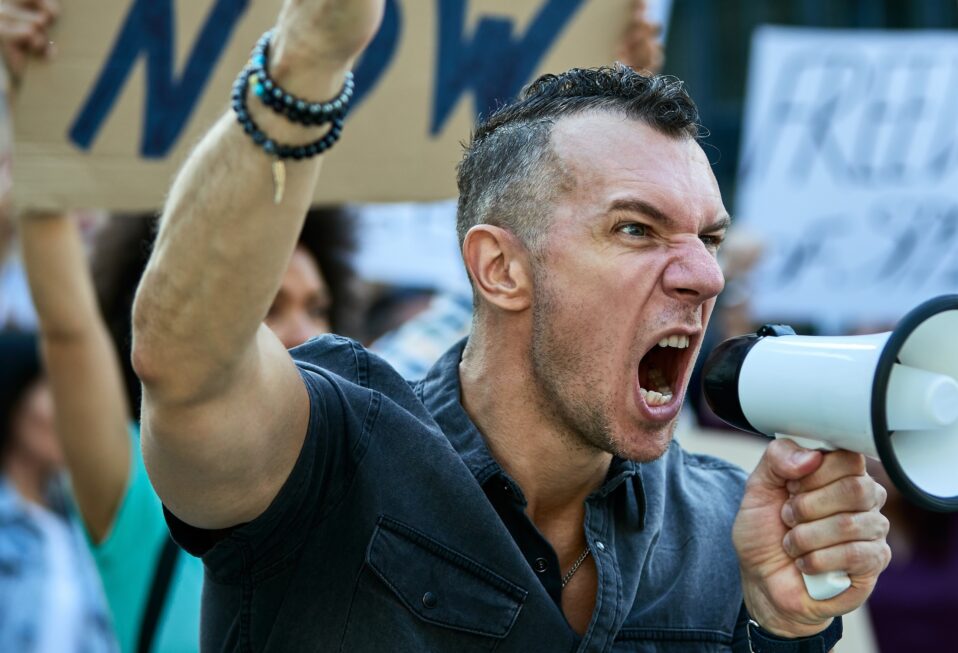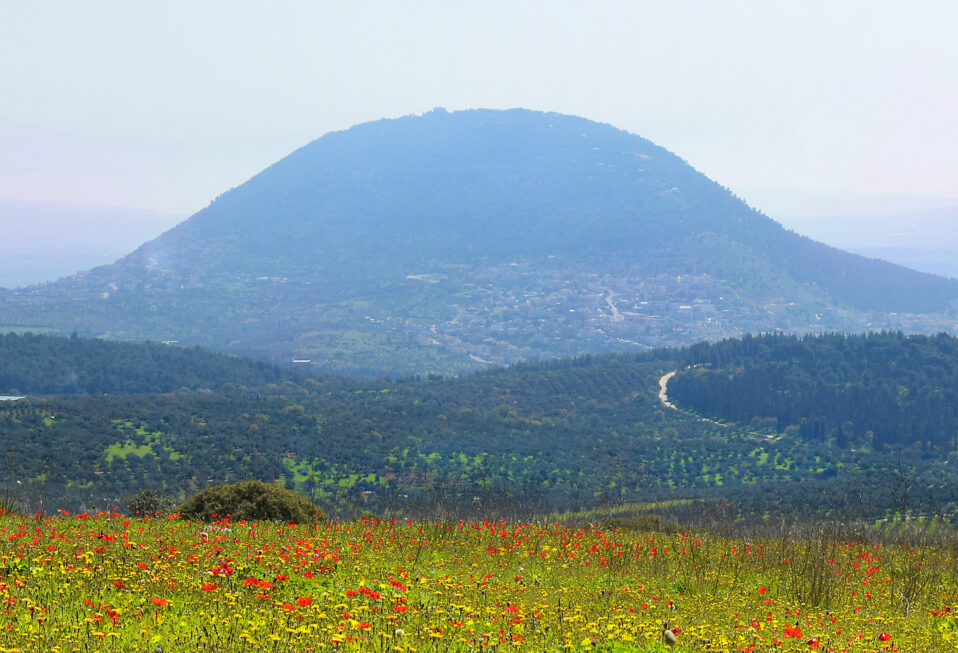By Julie Stahl
“On the fifteenth day of the seventh month the LORD’s Festival of Tabernacles begins, and it lasts for seven days. The first day is a sacred assembly; do no regular work. … Live in temporary shelters for seven days: All native-born Israelites are to live in such shelters so your descendants will know that I had the Israelites live in temporary shelters when I brought them out of Egypt. I am the LORD your God” (Leviticus 23:34-35, 42-43 NIV).
Sukkot, the Feast of Tabernacles, is one of the three major festivals in Judaism. It is both an agricultural festival of thanksgiving and a commemoration of the forty-year period during which the children of Israel wandered in the desert after leaving slavery in Egypt, living in temporary shelters as they traveled.
Some call this holiday a Jewish camping trip with the conveniences of home. It’s an ancient biblical command that’s still being kept today and it begins just four days after Yom Kippur. For thousands of years, Jewish people around the world have followed the biblical injunction to live in temporary dwellings during the week-long Feast of Tabernacles.
“It helps us remember,” says Israeli Seth Ben-Haim. “First of all, we’re commanded to remember the Exodus from Egypt and how we needed to wander through the desert for forty years without permanent dwellings, but it also reminds us that even though we’ve been brought into the land of Israel, we haven’t reached our final destination,” he says.
Sukkot is one of the three pilgrimage festivals, when Jewish people were commanded to go up to the Holy Temple in Jerusalem to worship.
For seven days, families eat, sleep, study, and pray in the sukkah or “booth.” Rabbis say it must have at least three sides and the roof must be made in such a way that the stars are visible through it at night and it’s open to the elements. Most people use either palm fronds or a straw mat for the roof. And many are decorated at least in part by the children.
“Otherwise, we’d be in the protection of our homes and the purpose of living temporarily in this flimsy tabernacle is so that we can remember that ultimately we’re under HaShem’s [God’s] protection,” says Ben-Haim.
Another part of the Sukkot celebration is recorded in Leviticus 23:40 (NLT), where the Bible commands the Israelites to take four species of fruit from beautiful trees—a citron or Etrog, a palm branch, a bough of leafy trees (myrtle), and a willow branch and “celebrate with joy before the LORD your God for seven days.”
Great care is taken to choose an Etrog without a blemish but with many bumps. During morning prayers each day, Jewish men wave the Lulav (the three branches) and Etrog before the Lord.
“We wave them in many different directions, and we really look above and that’s what this type of roof helps us to remember. We’re looking above because that’s where our help is going to come from,” says Ben-Haim.
The New Testament records that Jesus went up to Jerusalem for Sukkot: “The Jewish Festival of Tabernacles was near, so His brothers said to Him, ‘Leave here and go to Judea so Your disciples can see Your works that You are doing.’ … When the festival was already half over, Jesus went up into the temple complex and began to teach” ( John 7:2-3, 14 HCSB).
For Christians (actually the whole world), the Feast of Tabernacles has prophetic significance. In the book of Zechariah, the prophet says that one day all nations will come up to Jerusalem to celebrate the Feast.
Since 1980, thousands of Christians from around the world have come up to Jerusalem every year to see prophecy fulfilled and to celebrate at the International Christian Embassy Jerusalem’s Feast of Tabernacles event. Other Christian ministries also hold Feast celebrations now.
“They’re following the invitation of Zechariah 14, where it says that one day all the nations will come up to celebrate this biblical feast here in Jerusalem, to worship the Lord and keep the Feast of Tabernacles. Our showing up here now for this feast is a statement of faith that there’s coming a day when the Messiah will rule here,” says David Parsons, ICEJ spokesman.
Zechariah 14:16-18 says, In the end, the enemies of Jerusalem who survive the plague will go up to Jerusalem each year to worship the King, the LORD of Heaven’s Armies, and to celebrate the [Feast of Tabernacles]. Any nation in the world that refuses to come to Jerusalem to worship the King, the LORD of Heaven’s Armies, will have no rain. If the people of Egypt refuse to attend the festival, the LORD will punish them with the same plague that he sends on the other nations who refuse to go (NLT).
Holiday Greeting: Hag Sameach (“Happy Holiday!”) and during the intermediate days, Moadim L’Simcha (“a joyful holiday!”).
Julie Stahl is a correspondent for CBN News in the Middle East. A Hebrew speaker, she has been covering news in Israel full-time for more than 20 years. Julie’s life as a journalist has been intertwined with CBN—first as a graduate student in Journalism at Regent University; then as a journalist with Middle East Television (METV) when it was owned by CBN from 1989-91; and now with the Middle East Bureau of CBN News in Jerusalem since 2009. She is also an integral part of CBN News’ award-winning show, Jerusalem Dateline, a weekly news program providing a biblical and prophetic perspective to what is happening in Israel and the Middle East.


